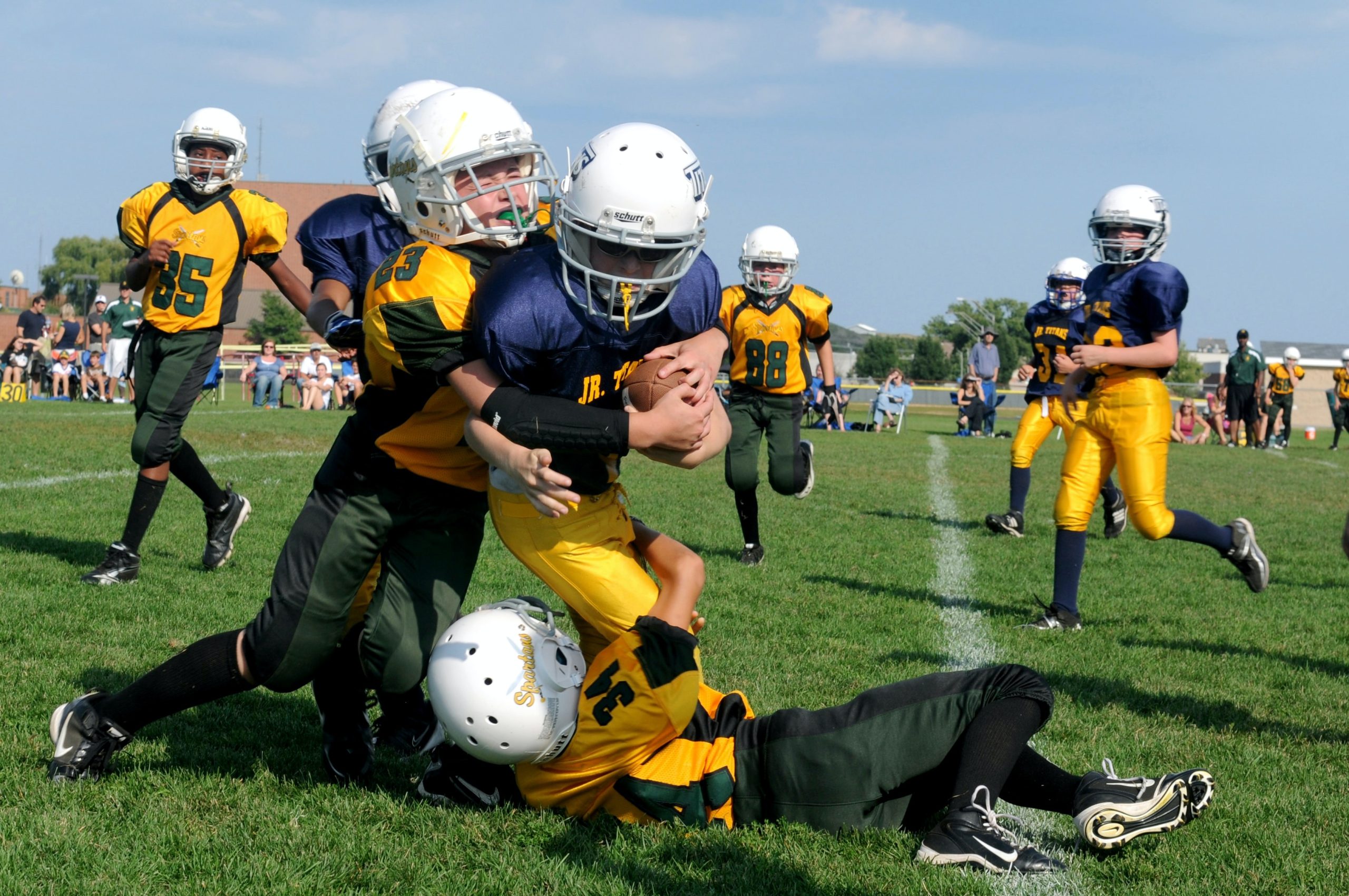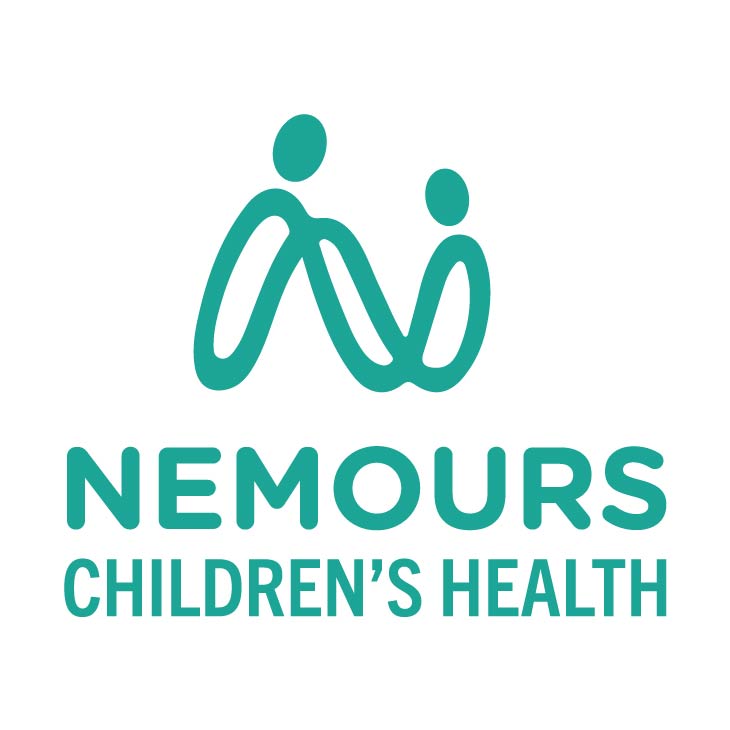 Sports help children develop physical skills, get exercise, make friends, have fun, learn teamwork, play fair, and improve self-esteem. But which sport is best for your child? What equipment do you need? What as a parent can you do to keep them safe and help prevent sports injuries, and what should you do if they get injured? Nemours Children’s Health pediatric orthopedic surgeon Dr. Jeremy Rush and Wolfson Children’s Physical Therapist and Orthopedic Clinical Lead Daniel Plummer share some expertise and insight into these frequently asked questions.
Sports help children develop physical skills, get exercise, make friends, have fun, learn teamwork, play fair, and improve self-esteem. But which sport is best for your child? What equipment do you need? What as a parent can you do to keep them safe and help prevent sports injuries, and what should you do if they get injured? Nemours Children’s Health pediatric orthopedic surgeon Dr. Jeremy Rush and Wolfson Children’s Physical Therapist and Orthopedic Clinical Lead Daniel Plummer share some expertise and insight into these frequently asked questions.
For kids who have been inactive during the COVID-19 period and then jump right into school or recreational sports, how should we be preparing them for endurance?
Many kids may think they can start right back at the level they left off the previous season. With inactivity and without proper conditioning there can be a chance of over-use injuries. Easing into exercise and activity is important, and for those beginners, building endurance can even be something as simple as starting walking and increasing to a light jog. Acclimating to weather conditions (heat) is also important, especially in Florida.
Preparation is key, and starting early (6–8 weeks) prior to the beginning of the season can help build endurance. If training is usually five days of practice a week, start at 50% of the training needed — so two days a week and increase 10-20% to get back to a high-endurance level of activity.
 How important is stretching as it relates to sports and the growing child?
How important is stretching as it relates to sports and the growing child?
Stretching and warming up are very important. We encourage teaching kids — and really all ages, especially growing adolescents — to increase poor mobility and flexibility by performing dynamic stretching and static stretching as part of their exercise program. Performing dynamic stretching before exercise or sports gets the blood flow and heart rate increasing, preparing the body to start the activity. Examples of dynamic stretching are jumping jacks, marching in place, or a light jog.
After performing exercise or a sports activity, we encourage static stretching, such as reaching down and touching toes, holding a position to stretch a muscle group. Kids (and parents!) forget that after exercise muscles are warm, and by stretching out a muscle it can slowly relax and stay loose. Tightening of a muscle can lead to more injury. This is especially important for young athletes as they experience growth spurts in adolescent years, with bones getting longer because that’s where the growth plates are. And tendons, ligaments, and muscles don’t often get longer at the same rate, which makes increasing mobility key.
Should kids do one sport year-round or multiple sports?
Research shows that doing multiple sports leads to fewer injuries than kids who only play one sport year-round. Different sports use different muscle groups and different movement patterns. When a young athlete plays multiple sports they have the chance to rest, recover, cross-train, condition and build endurance.
Rest is also important, at least 2–3 days a week of rest, and block out a season to allow the body to rest and recover. The longer you let pain go on, it builds and can affect a young athlete’s form.
For more from Nemours Children’s Health pediatric orthopedic surgeon Dr. Jeremy Rush and Wolfson Children’s Physical Therapist and Orthopedic Clinical Lead Daniel Plummer check out our Facebook Live.

About Nemours Children’s Health
Boldly moving. Beyond. Nemours Children’s Health. We’re redefining children’s health by looking beyond and improving children’s health where it starts — at home, in the community and anywhere you find children.
At Nemours Children’s Health, we believe in supporting each child’s whole health — the social, economic, behavioral, and environmental factors that also affect their lives. To do that, we’re not just thinking differently, we’re doing differently. Expanding on our clinical expertise, we’re transforming children’s health in four strategic areas:
- Understanding our community.
- Creating children’s health programs.
- Partnering with community organizations.
- Reforming health payments and other policies.
















